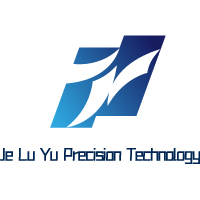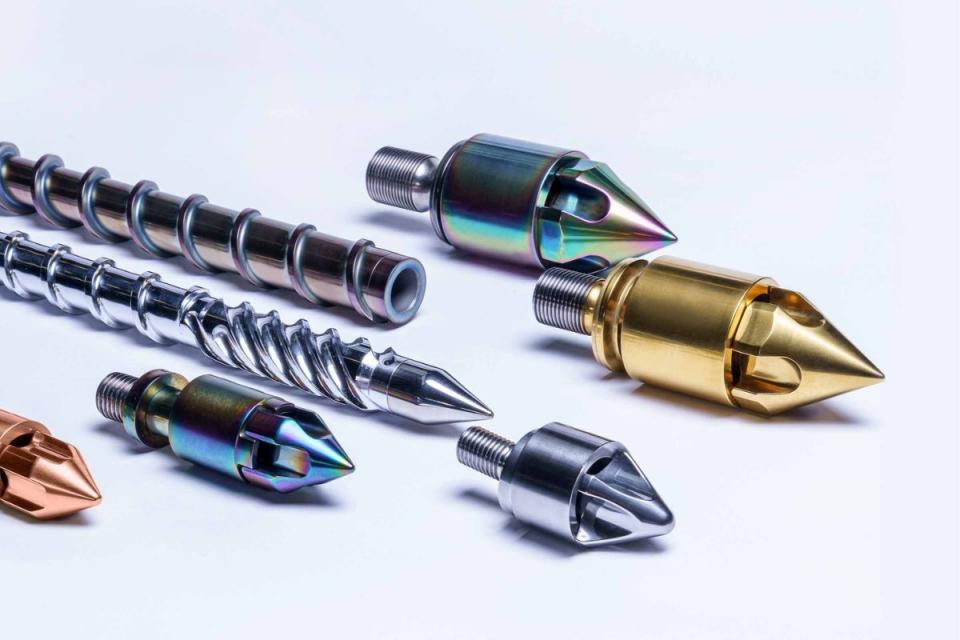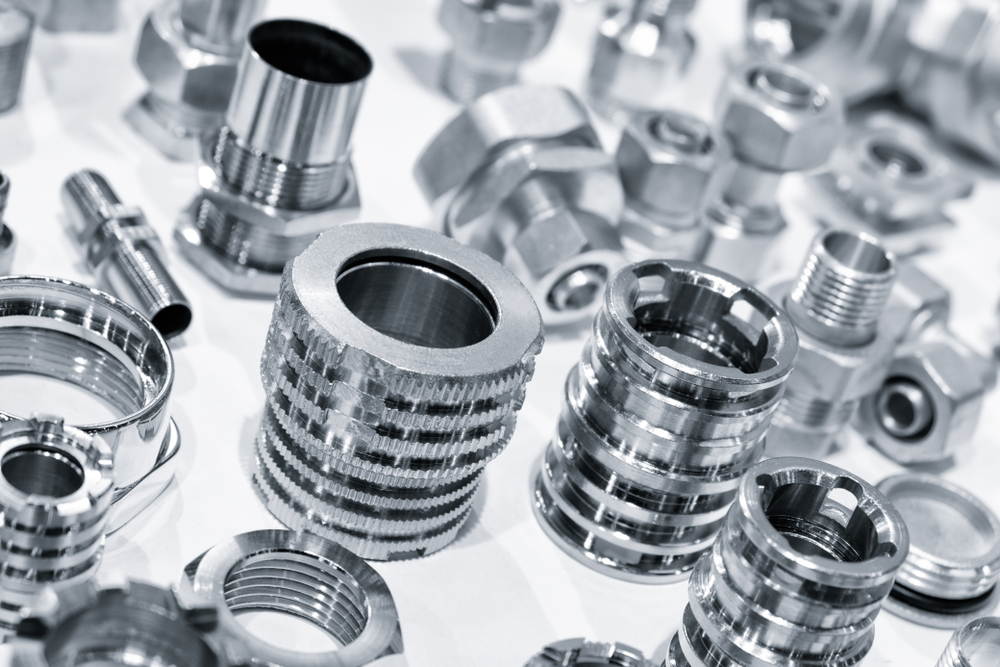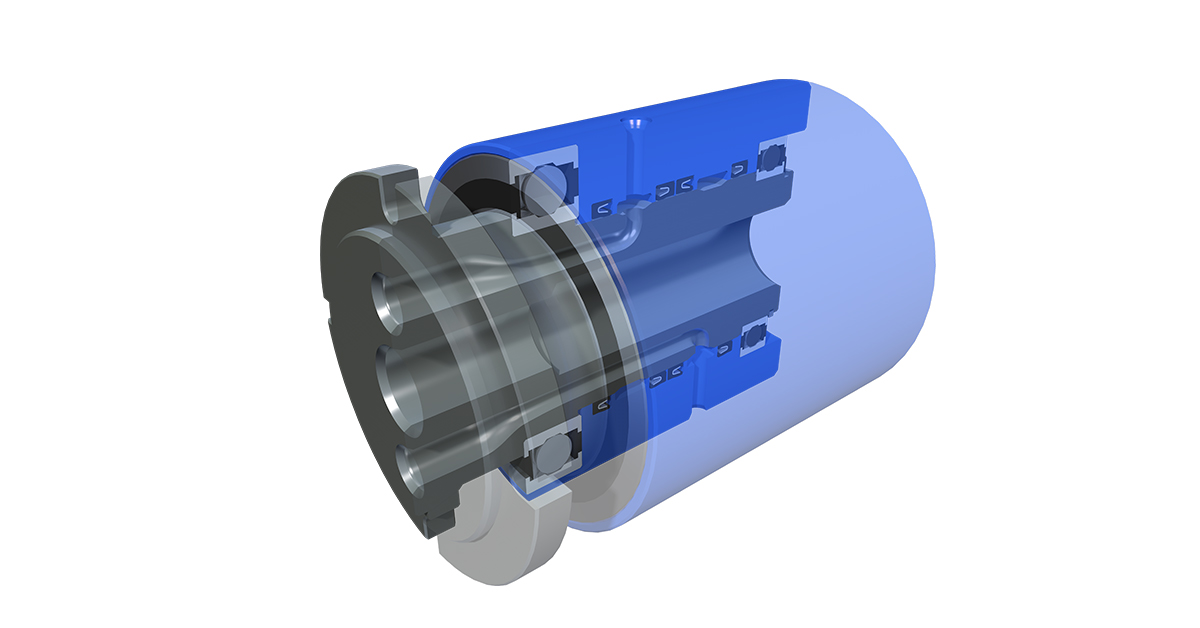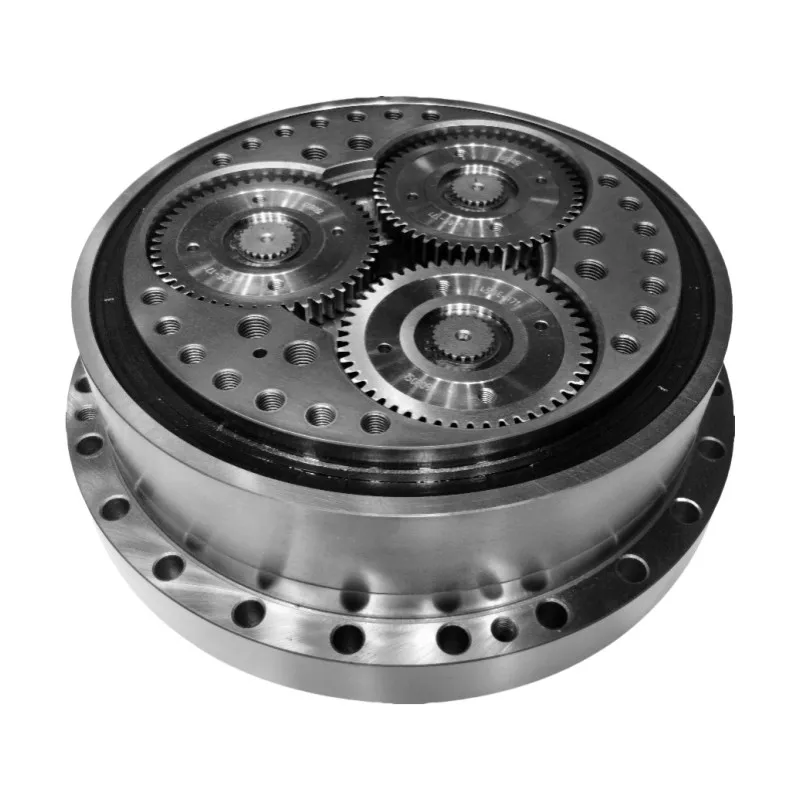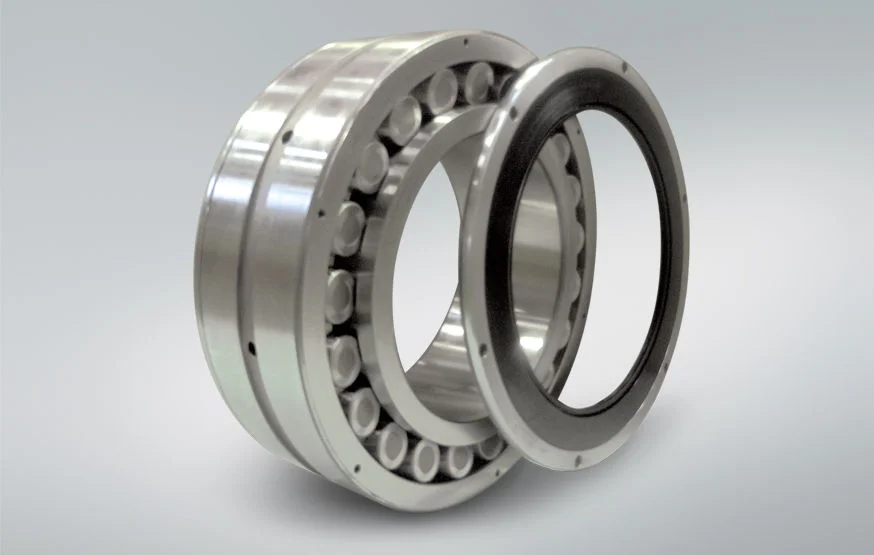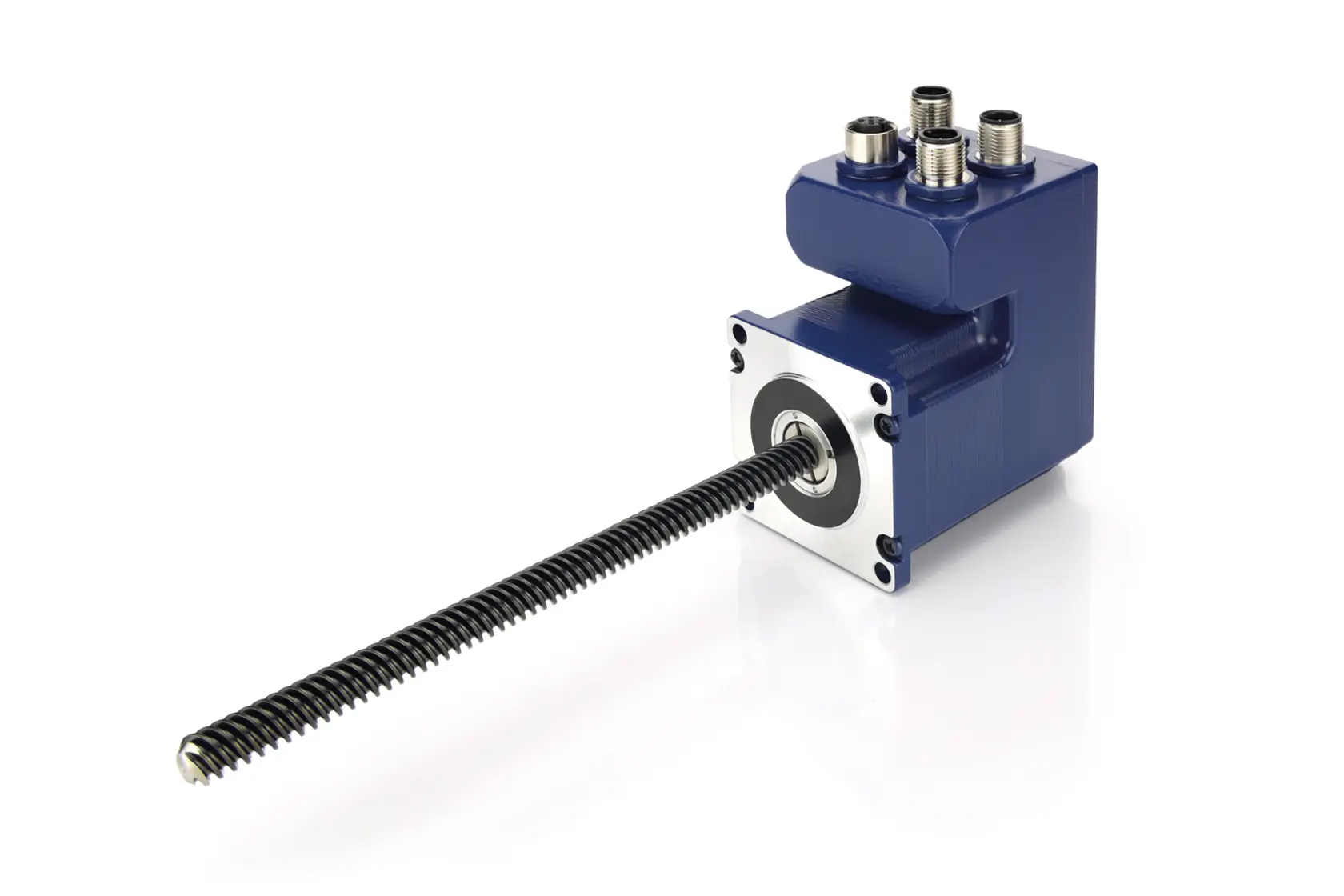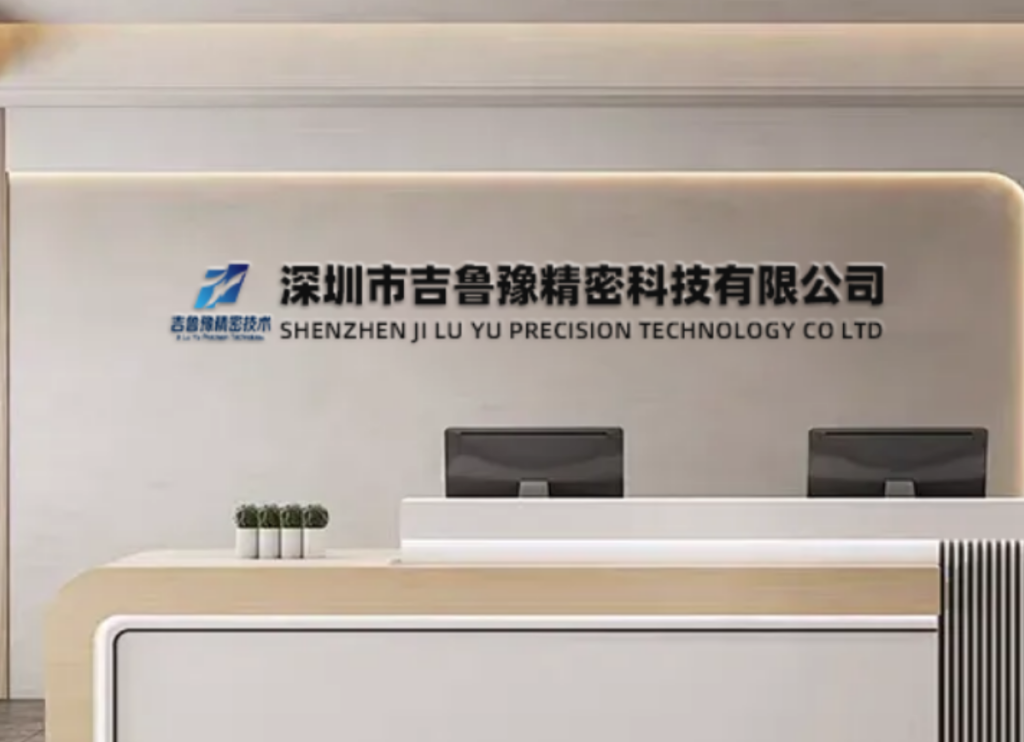Hybrid Physical–Chemical Vapor Deposition (HPCVD): The Next Leap in Surface Finishing
1. What Is Hybrid Physical–Chemical Vapor Deposition?
| Metric | HPCVD | Pure PVD | Pure CVD |
|---|---|---|---|
| Thickness Range | 5 nm–10 µm | 5 nm–5 µm | 1–100 µm |
| Deposition Rate | 0.5–10 µm/h | 0.2–5 µm/h | 1–50 µm/h |
| Hardness (HV) | 2 800–3 500 | 2 500–3 500 | 1 500–3 000 |
| Max Service Temp | 1 100 °C | 1 000 °C | 1 200 °C |
| REACH Status | ✅ Compliant | ✅ | ⚠️ Precursor dependent |
2. The 6-Step HPCVD Process – Plasma + Chemistry
| Step | Vacuum Level | Temp (°C) | Action | KPI |
|---|---|---|---|---|
| 1 Plasma Clean | 10⁻³ mbar | 25 | Ar⁺ removes oxide & oil | Contact angle ≤ 8° |
| 2 Plasma-Enhanced Evaporation | 10⁻³ mbar | 150–500 | Magnetron + ion bombardment | ±5 nm uniformity |
| 3 Chemical Precursor Feed | 10⁻³ mbar | 300–800 | CH₄ / NH₃ / SiH₄ | Gas flow ±2 % |
| 4 Hybrid Film Growth | 10⁻³ mbar | 300–800 | PVD + CVD synergy | Stress < 2 GPa |
| 5 Post-Anneal | 10⁻³ mbar | 800–1 100 | Stress relief & densification | Density > 99 % |
| 6 QA & Pack | Air | 25 | CT + nano-indent + salt-spray | CpK ≥ 1.67 |
3. 2024 Performance Matrix – HPCVD vs Pure PVD vs CVD
| Attribute | HPCVD TiAlCrN | Pure PVD CrN | Pure CVD Al₂O₃ |
|---|---|---|---|
| Thickness (µm) | 2 | 2 | 5 |
| Hardness (HV) | 3 200 | 2 900 | 2 000 |
| Salt-Spray (h) | 1 200 | 800 | 500 |
| Max Temp (°C) | 1 100 | 1 000 | 1 200 |
| Cost / m² (USD) | 3.5 | 3.2 | 4.8 |
4. Three 2024 Case Studies
Case 1 – Aerospace Turbine Blade
-
Client: European OEM, 2024
-
Problem: 850 °C fretting at dovetail
-
HPCVD Stack: TiAlCrN 2 µm + Al₂O₃ 0.2 µm
-
Outcome: Wear scar < 3 µm after 1 000 h; maintenance interval doubled
Case 2 – EV Motor Lamination Die
-
Client: US EV Tier-1, 2024
-
Problem: 0.35 mm electrical steel sticking at 400 °C
-
HPCVD Stack: CrAlON 1.8 µm + DLC 50 nm
-
Outcome: Tool life 5× longer, scrap −50 %
Case 3 – Medical Drill
-
Client: US MedTech startup, 2024
-
Problem: 316L needs CE-compliant low-friction finish
-
HPCVD Stack: ta-C 300 nm + SiO₂ 50 nm
-
Outcome: Penetration force −28 %, CE mark granted
5. Global Standards & Sustainability
-
ISO 9001:2015 / IATF 16949 / ISO 13485
-
REACH, RoHS, FDA 21 CFR §175.300
-
Energy: 0.4 kWh per m² (HPCVD)
-
Waste: Zero liquid effluent
6. 7-Day Delivery Timeline
| Milestone | Lead Time |
|---|---|
| DFM + Quote | 24 h |
| Prototype (1–10 pcs) | 48 h |
| Validation (CT, salt-spray) | 5 days |
| Mass Production | 7–10 days |
| Door-to-Door Delivery | 12 days total |
7. FAQs – Which HPCVD Stack Fits My Job?
| Question | Answer |
|---|---|
| Can HPCVD coat plastics? | Yes—metallised PEEK, LCP. |
| Largest part? | 800 mm Ø × 1200 mm L. |
| Minimum order? | 1 piece. |
8. How to Start Tomorrow
-
Email [email protected] with STEP/IGES.
-
Specify substrate, load, temperature, thickness budget.
-
Receive DFM + HPCVD stack + quote within 48 h.
-
Approve → 3-day prototype → volume ramp.
Explore complementary services: Professional Anodizing Near Me
Ready to master HPCVD?
Contact JLY Precision Tech—the China expert who explains hybrid physical–chemical vapor deposition and delivers tomorrow
Contact JLY Precision Tech—the China expert who explains hybrid physical–chemical vapor deposition and delivers tomorrow
